Preserving the "Playground of the Potomac"
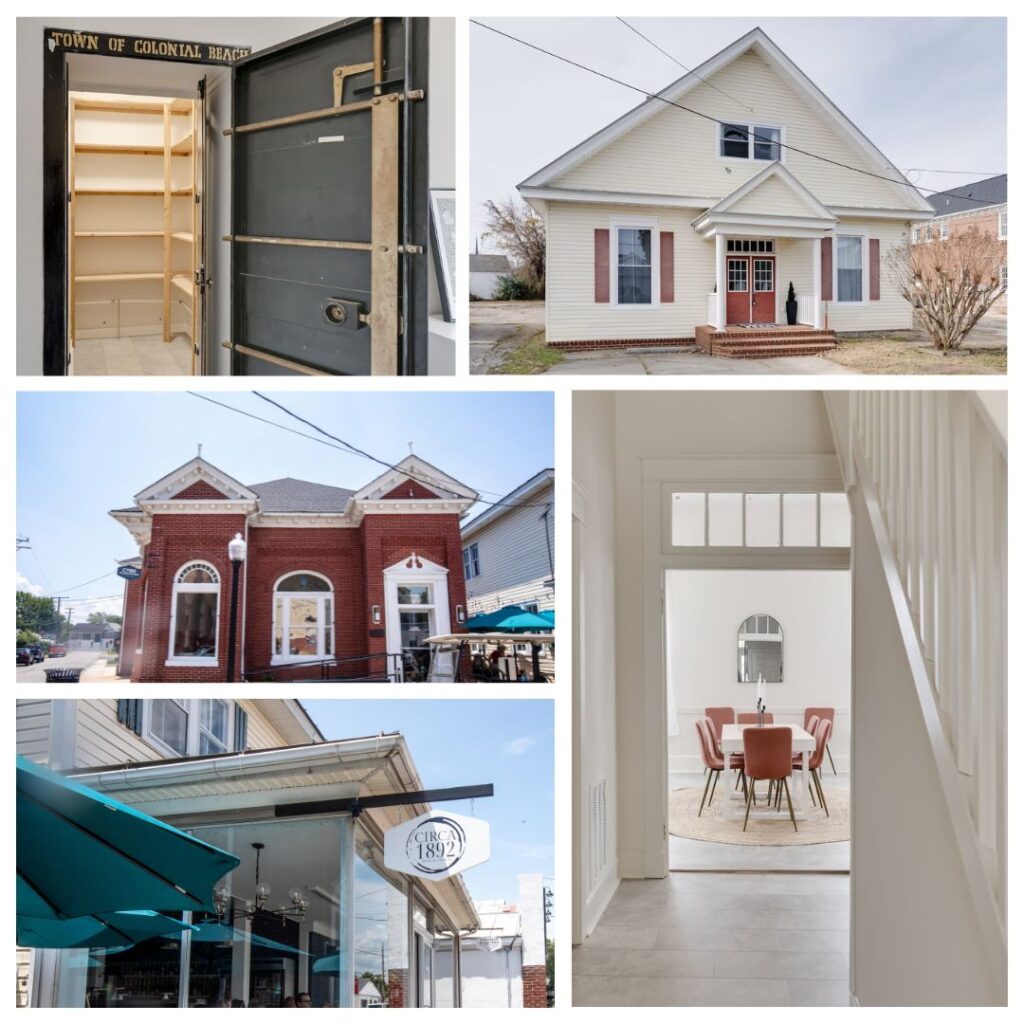
The author discusses how listing one small-town historic district on the National Register of Historic Places spurred investment utilizing the Historic Rehabilitation Tax Credit Program in Colonial Beach.
By Summer Louthan, Architectural Historian & Tax Credit Reviewer
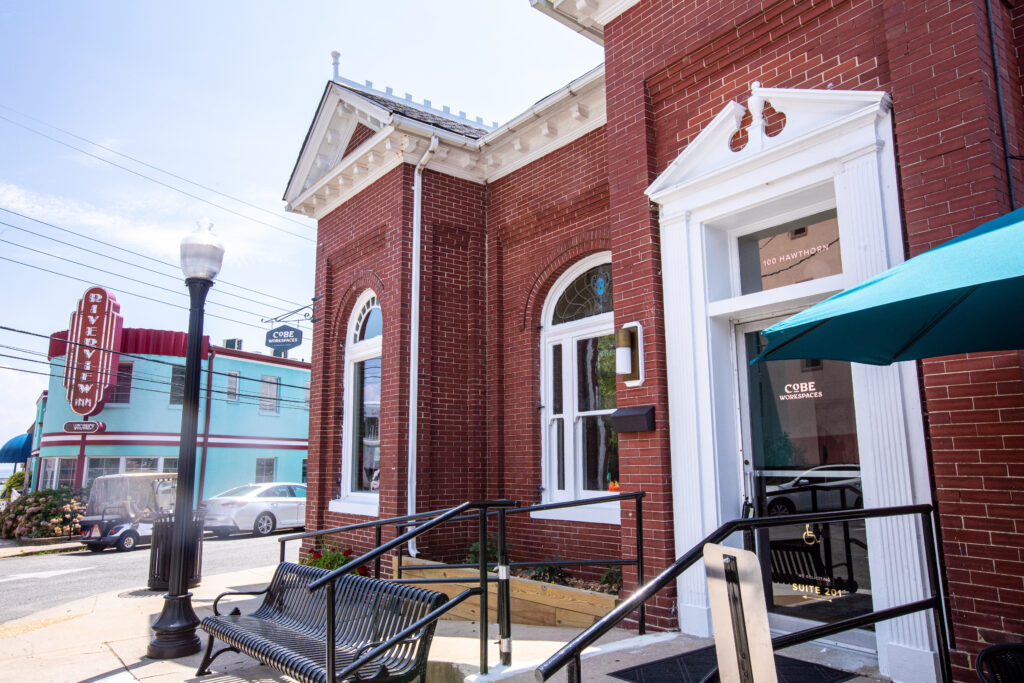
Platted in 1882, Colonial Beach was designed as a fully planned resort along the Potomac River in Westmoreland County for residents of Washington D.C. and surrounding areas. Incorporated by the General Assembly in 1892, the town plan laid out river- and bay-side drives, parks, and main streets reaching the beach area from the main county road. A low rise near the Potomac River was reserved for a grand hotel. By 1906, steamboats were transporting thousands of visitors from the D.C. area to Colonial Beach, which had a thriving boardwalk area, hotels, and other amenities to entertain and accommodate the throng of visitors. While the arrival of the automobile in the 1920s led to the decline of steamboats and a downshift in tourism, the Maryland state legislature provided a boost to tourism in 1949 when it legalized slot machines in the state. Enterprising businessmen realized that slot machine casinos built on piers in the Potomac River off Colonial Beach – beyond the Virginia state line– would be legal. The casinos replaced the bathhouses, pavilions, and steamboat wharves that previously stood along the shore. This era of tourism was short-lived -- in 1958 the Maryland legislature required that casinos be reachable by foot from Maryland soil, making the slot machines off the shore of Colonial Beach illegal. In the years following this legislative ban, Colonial Beach saw a decline in investment, with many services and shops moving outside the historic commercial core.
COLONIAL BEACH COMMERCIAL HISTORIC DISTRICT
In 2020, DHR provided a Cost Share grant to Downtown Colonial Beach, Inc., a Main Street America affiliate, to survey part of downtown Colonial Beach and draft a National Register Nomination for a potential historic district. On June 17, 2021, the Colonial Beach Commercial Historic District was added to the Virginia Landmark Register, and the district was formally listed on the National Register of Historic Places on September 16, 2021. The Colonial Beach Commercial Historic District’s diverse collection of 81 contributing vernacular to high-style commercial and residential buildings represent the whole of its nearly century-long period of significance—circa 1875 to 1970—and embody major trends in waterside resort community development and architecture from the late 1800s through the 20th century. The district includes buildings that serve the purposes of commerce and trade, social functions, government, religion, education, domestic life, and recreation and culture. The buildings within the district reflect multiple architectural styles, including Queen Anne; late 19th and early 20th century revivals—classical, colonial, and gothic; modern movement; and late 19th and early 20th century American movements.
LISTING BRINGS INVESTMENT IN NEIGHBORING COMMERCIAL BUILDINGS
A month after the official listing of the Colonial Beach Commercial Historic District on the National Register of Historic Places, DHR received the first three Historic Tax Credit applications for buildings that contribute to the newly formed district. The Dodson Development Group, based in Richmond, submitted applications for three neighboring buildings located on a prominent corner in the heart of the commercial district on Hawthorn Street and North Irving Avenue. The three projects were completed in December 2022 and have become an integral part of the Colonial Beach community. These three projects combined represent an investment of over $1.4 million within the community with a combined state tax credit of over $420,000. Duke Dodson, President & CEO of Dodson Development Group, noted that it is unlikely that they would have pursued the rehabilitation of these three buildings if the historic tax credits had not been available to offset the costs.
BANK OF WESTMORELAND, 100 HAWTHORN STREET- COBE WORKSPACE
Opened to the public in 1904, the Bank of Westmoreland, a prominent colonial revival-style brick bank building located at the corner of North Irving Avenue and Hawthorn Street, is a grander historic commercial building than most in Colonial Beach and was one of only three brick buildings in the area by 1934. Originally a two-bay building with side entry passage, the building expanded to three bays in the 1920s. A rear two story addition was added after 1934. Classical details of the building include the heavy, dentilled cornice, which is carried over into the triangular pediments in the projecting bays; the scroll brackets above the former angled entrance; and the pilasters and split pediment added to the west entrance. Along the gable ridges of the two projecting bays is decorative ironwork with vertical projections and decorative finials. An original stained-glass window on the north has an arched, fixed transom.
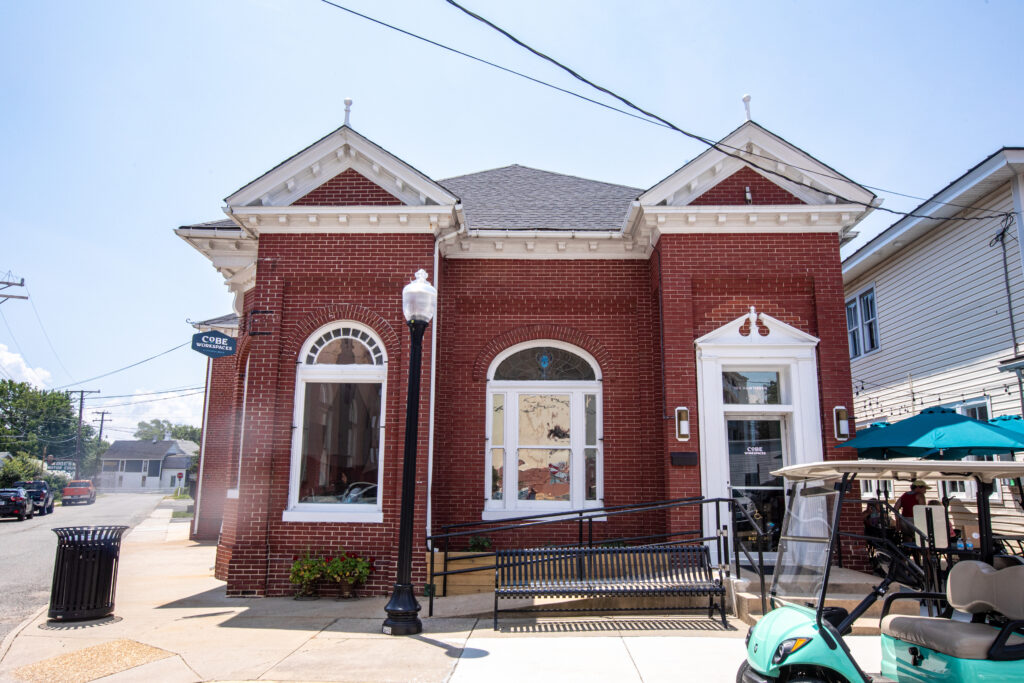
The project removed non-historic materials including the dropped ceiling in the bank lobby, returning the ceiling to its historic height, and uncovering and preserving the historic decorative tin ceiling. The bank lobby, rear offices, and even the bank vault have become part of the CoBe Workspaces, which offers coworking facilities, with the original bank vault serving as a cozy meeting space. The largest facility of its type in the Northern Neck, the building offers residents and visitors work facilities, including a common space and a galley kitchen, as well as individual workstations, small conference rooms, and private offices that can be rented for a week, month, or up to a year. CoBe Workspaces can also host small special events, such as holiday parties, baby showers, and wedding brunches, and has already become a popular resource within the community. The second floor of the rear addition, which originally housed bank offices, has been sensitively rehabilitated into a two-bedroom apartment for use as a short-term rental.
Referencing the project in Colonial Beach, CoBe Workspaces posted the following message on its website:
“We are proud to be a part of the town's rich history and to have repurposed this beautiful building—including the original vault—into a modern co-working space. Our members and guests appreciate the character and charm of the building, which adds to the overall experience of working in our unique space. The building's history also serves as a conversation starter and helps to foster a sense of community among our members, especially those long-term residents of Colonial Beach.”
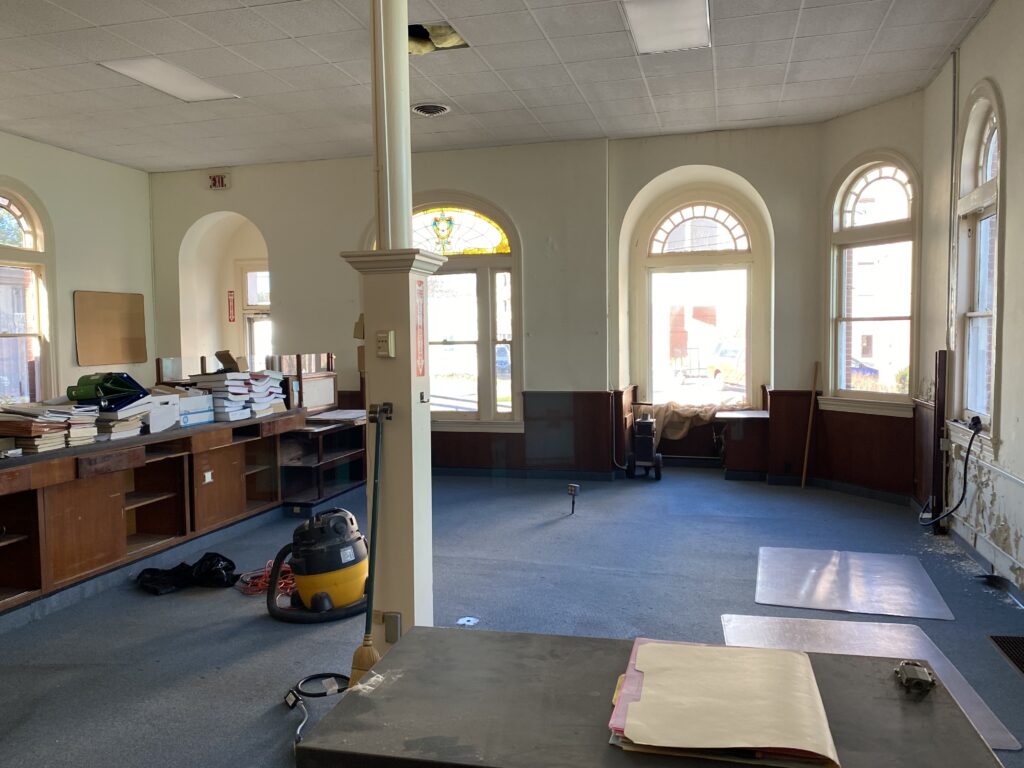
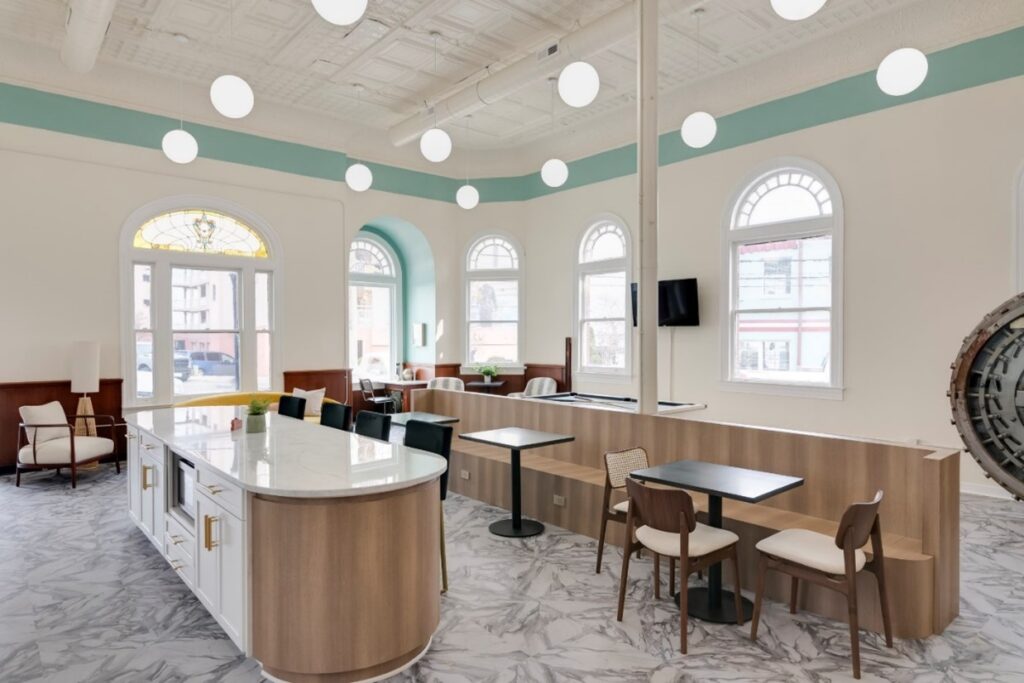
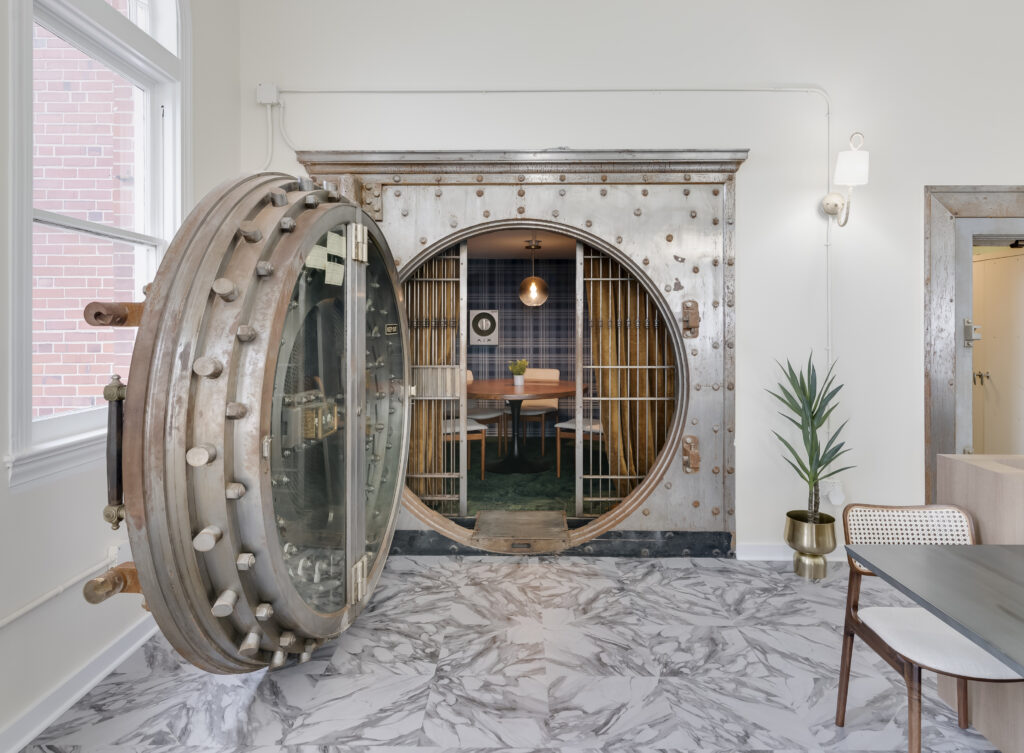
16 N IRVING AVENUE
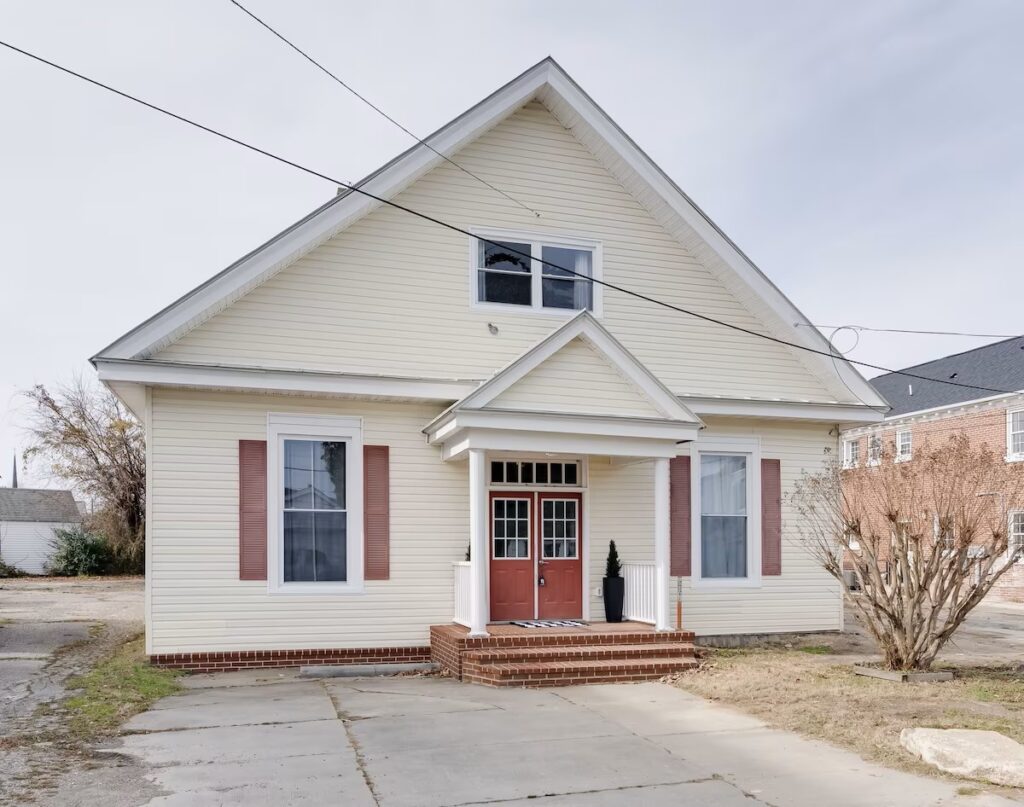
Built in 1890, the building located on 16 N Irving Avenue has housed the Colonial Beach Town Hall, fire department and police department, and, most recently, the school board. Through this historic tax credit project, the original interior plan was preserved, and non-historic interior finishes removed. Remaining historic finishes such as doors, trim, beadboard wainscoting, and vault were preserved, and the ceilings were returned to their original height. The building has been converted into a large five-bedroom short-term rental that sleeps up to 10 people.

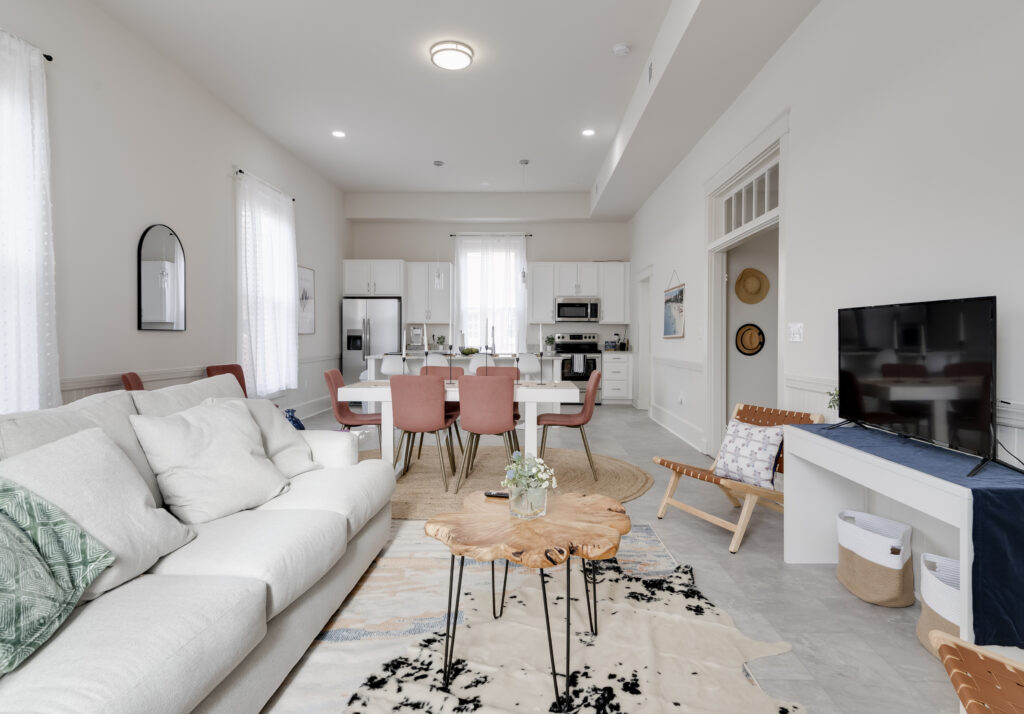
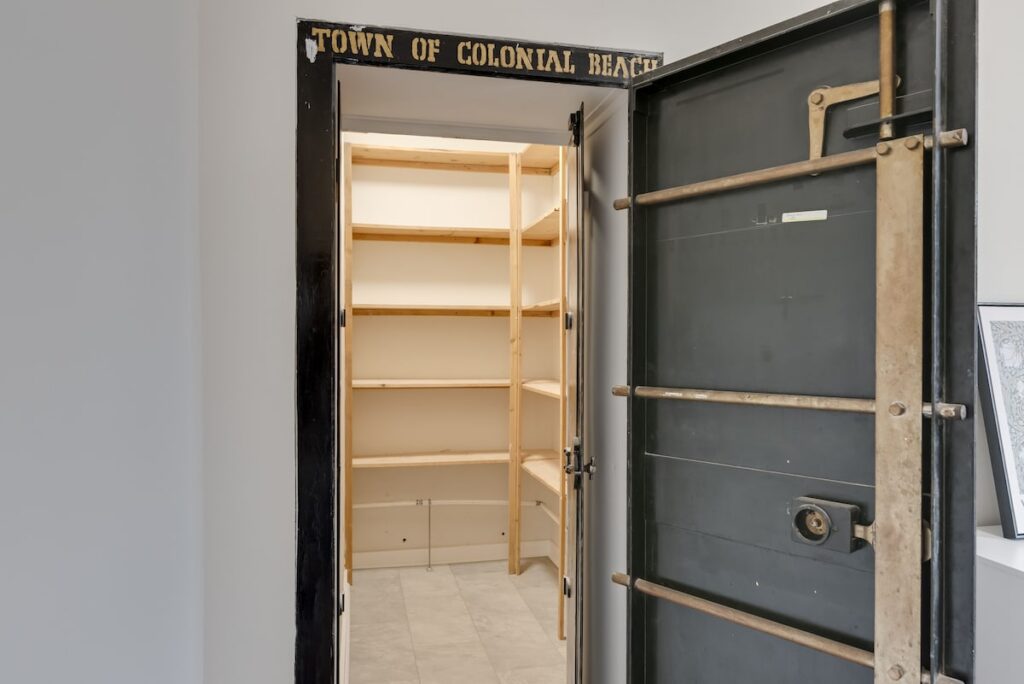
106 HAWTHORN STREET – CIRCA 1892 WINE AND CHEESE SHOP
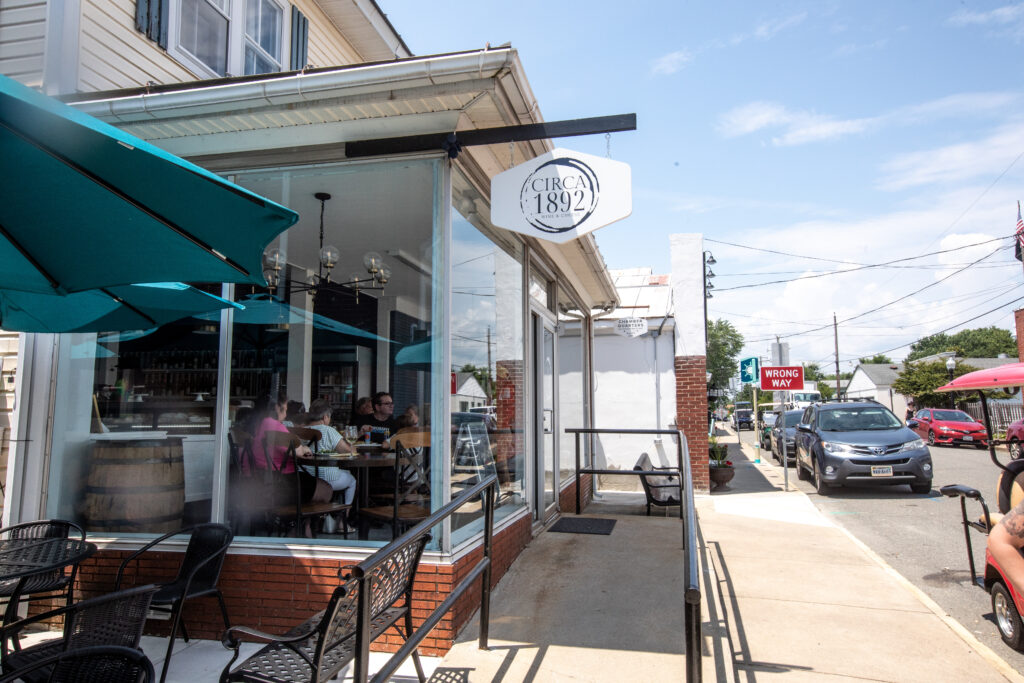
Built in 1920, the building located on 106 Hawthorn Street was originally constructed to house the post office with law offices located on the second floor. Later, when the post office moved, a hardware store took its place. Most recently the building housed the Colonial Beach Chamber of Commerce. The building was sensitively rehabilitated for commercial and residential use. It retains remaining historic finishes such as the original wood windows, doors and trim, transoms, as well as the historic office layout on the second floor. The first-floor commercial space now houses Circa 1892, a wine bar and retail outlet offering a large selection of wines, specialty cheeses, and gourmet foods. Circa 1892 opened to rave reviews with more than 250 people attending its grand opening celebration. The shop has already become a favorite stop for locals and visitors alike. The former law offices on the second floor were rehabilitated for use as a short-term rental apartment.

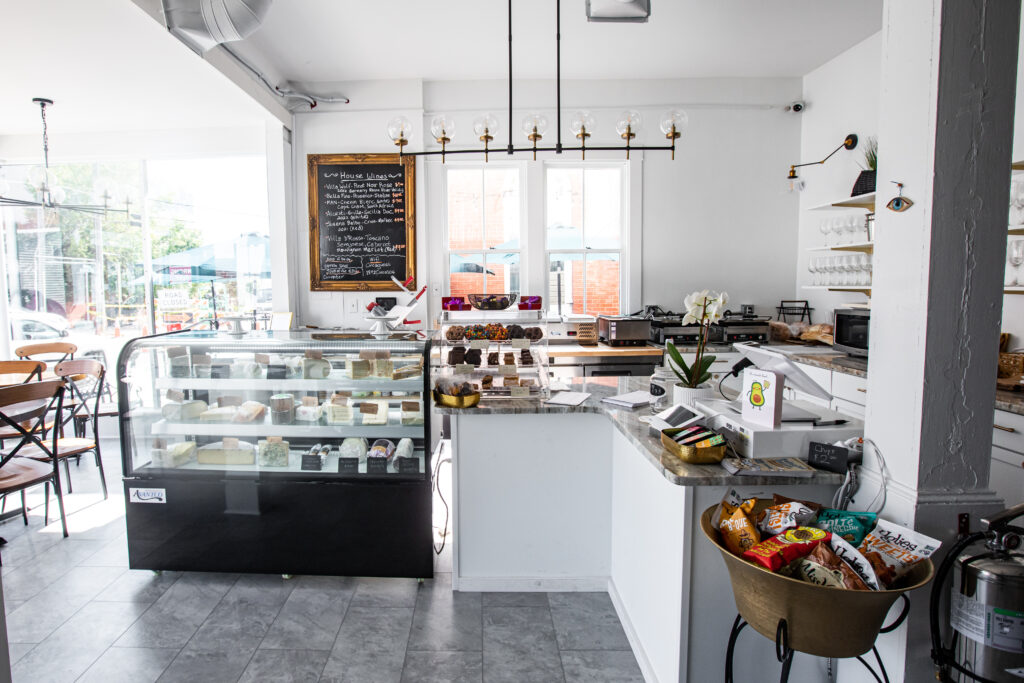
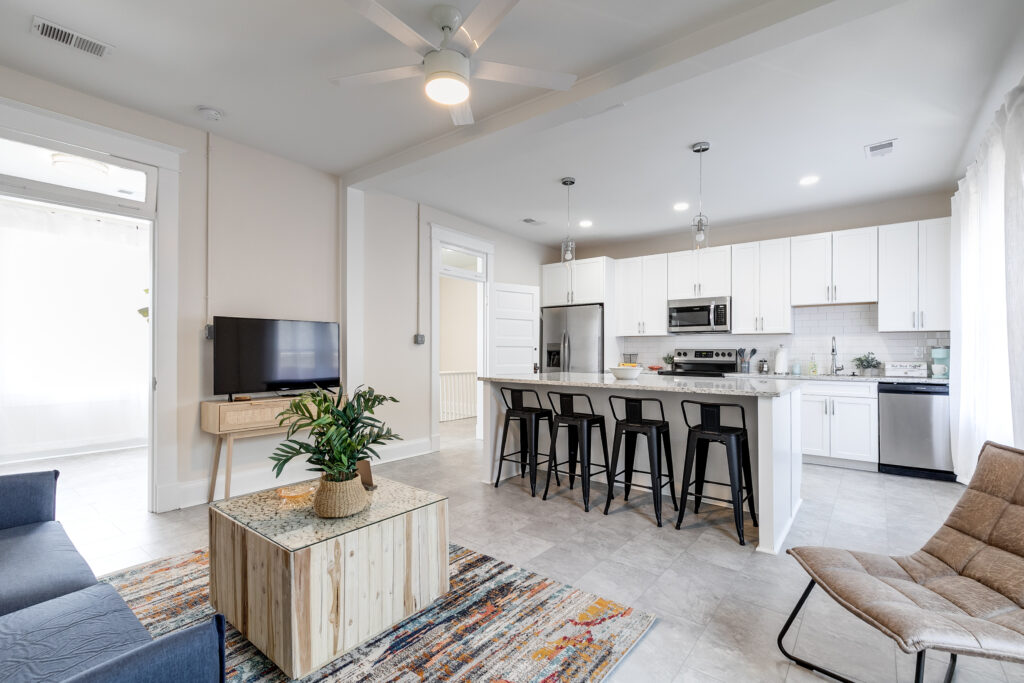
CONCLUSION
The rehabilitation of these buildings and the investment and vitality they bring to this core portion of the Colonial Beach commercial district highlight the benefits to a small town of listing their historic districts on the Virginia Landmark Register and National Register of Historic Places. The project demonstrates how listing properties on the historic Registers and the use of the Historic Rehabilitation Tax Credit program can be an integral part of a community’s revitalization plan. As Colonial Beach works to attract a new generation of visitors and residents to the community, hopefully these are the first of many tax credit projects we’ll be seeing from the “Playground of the Potomac.”










